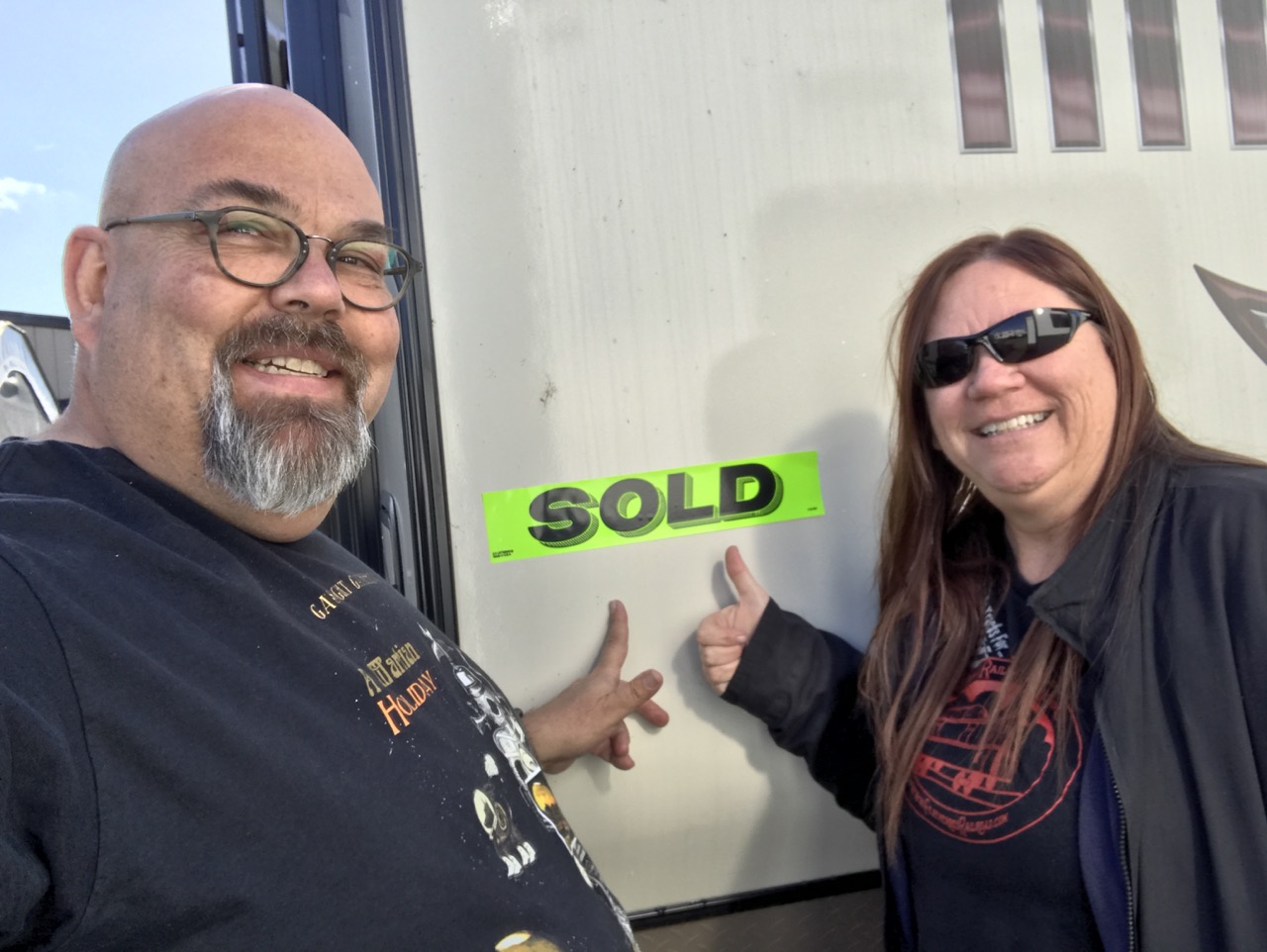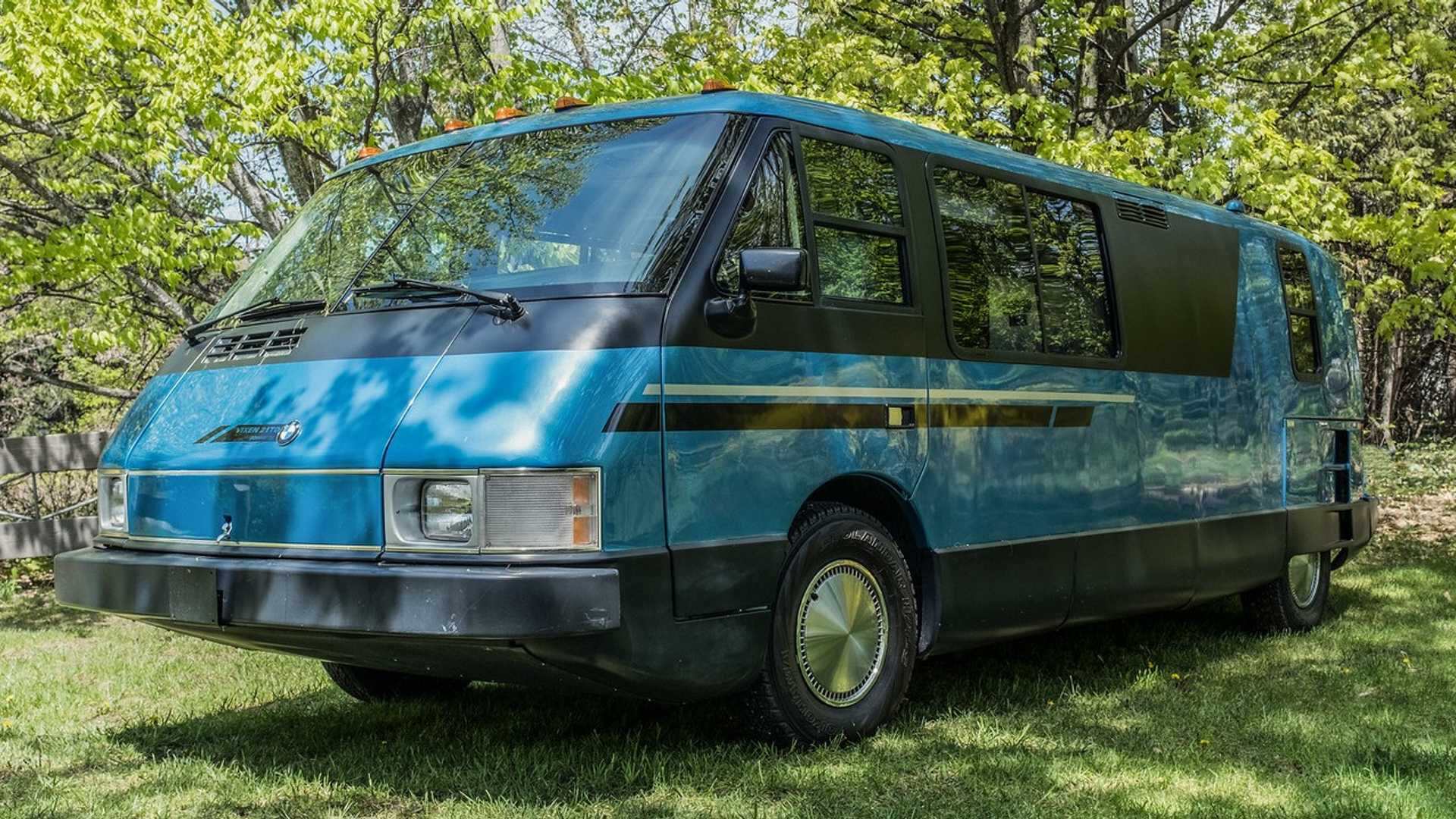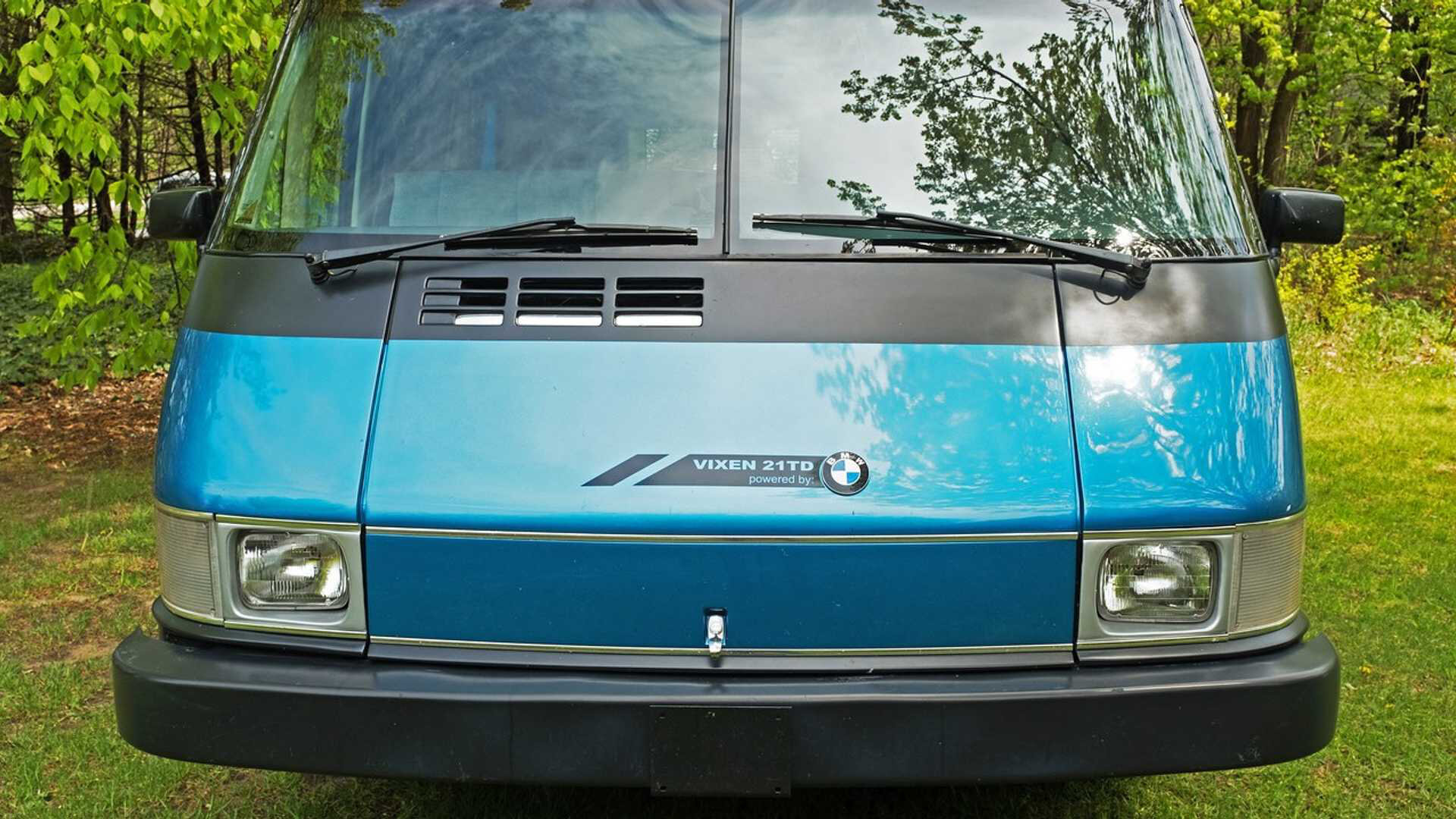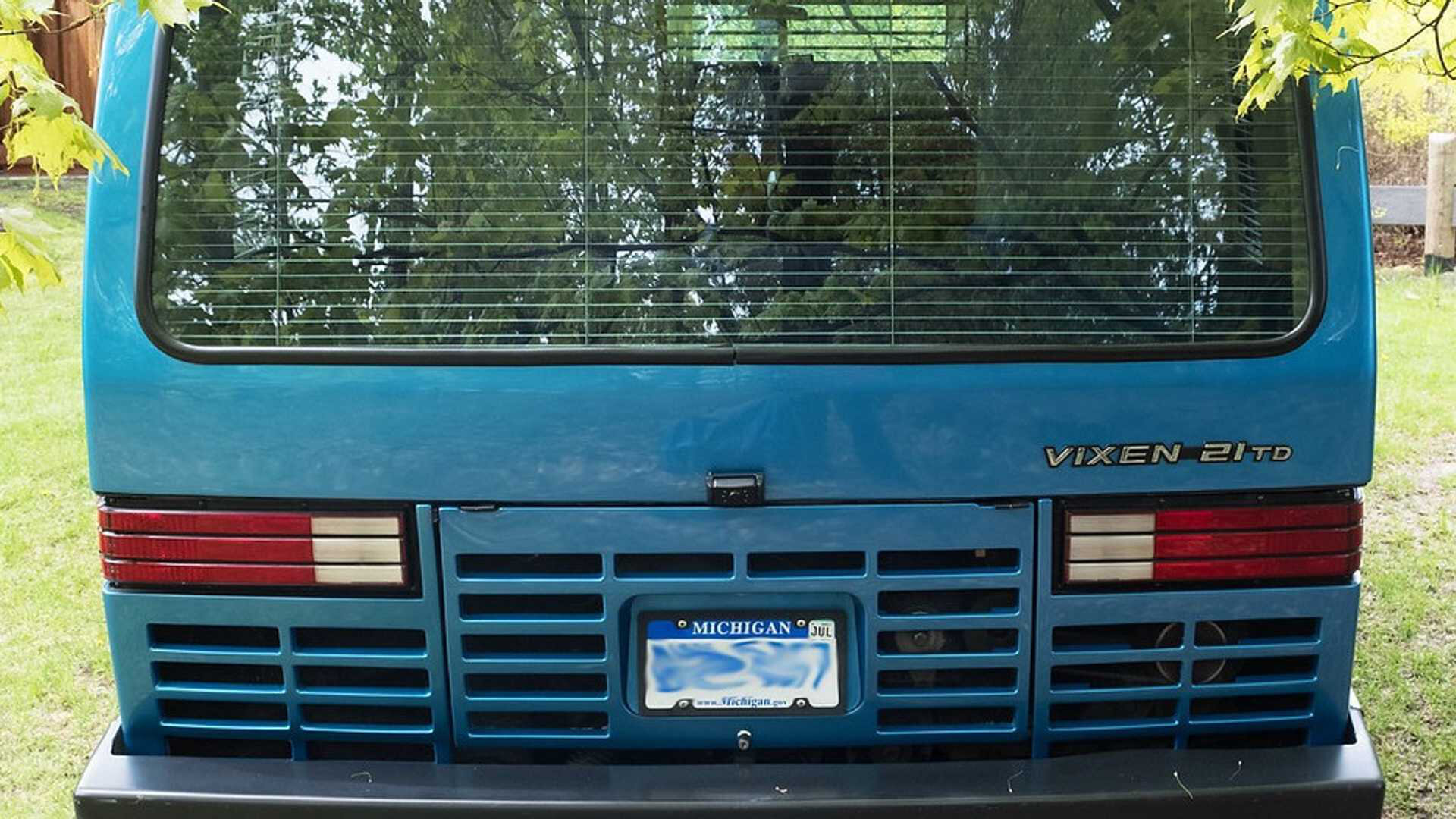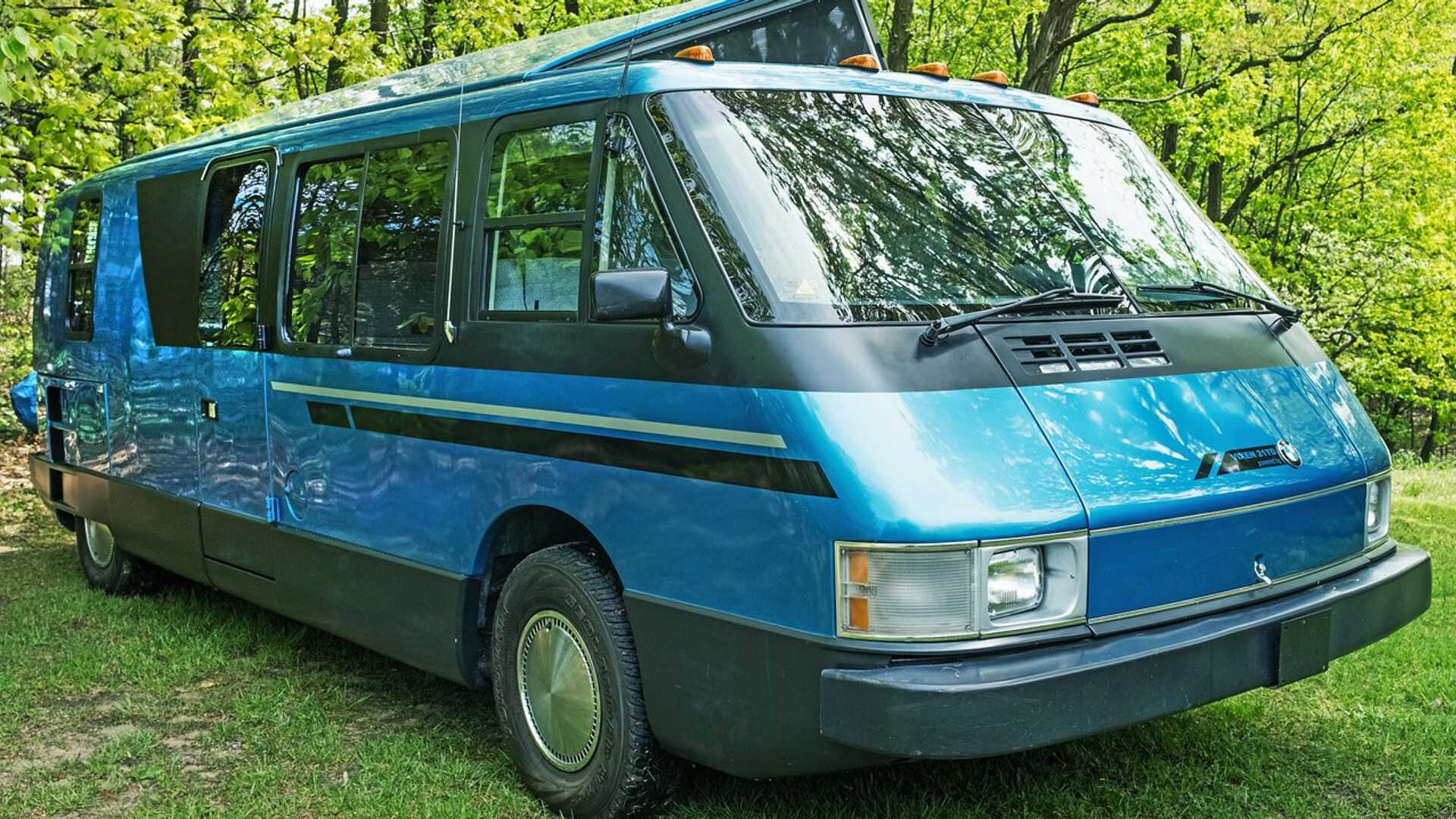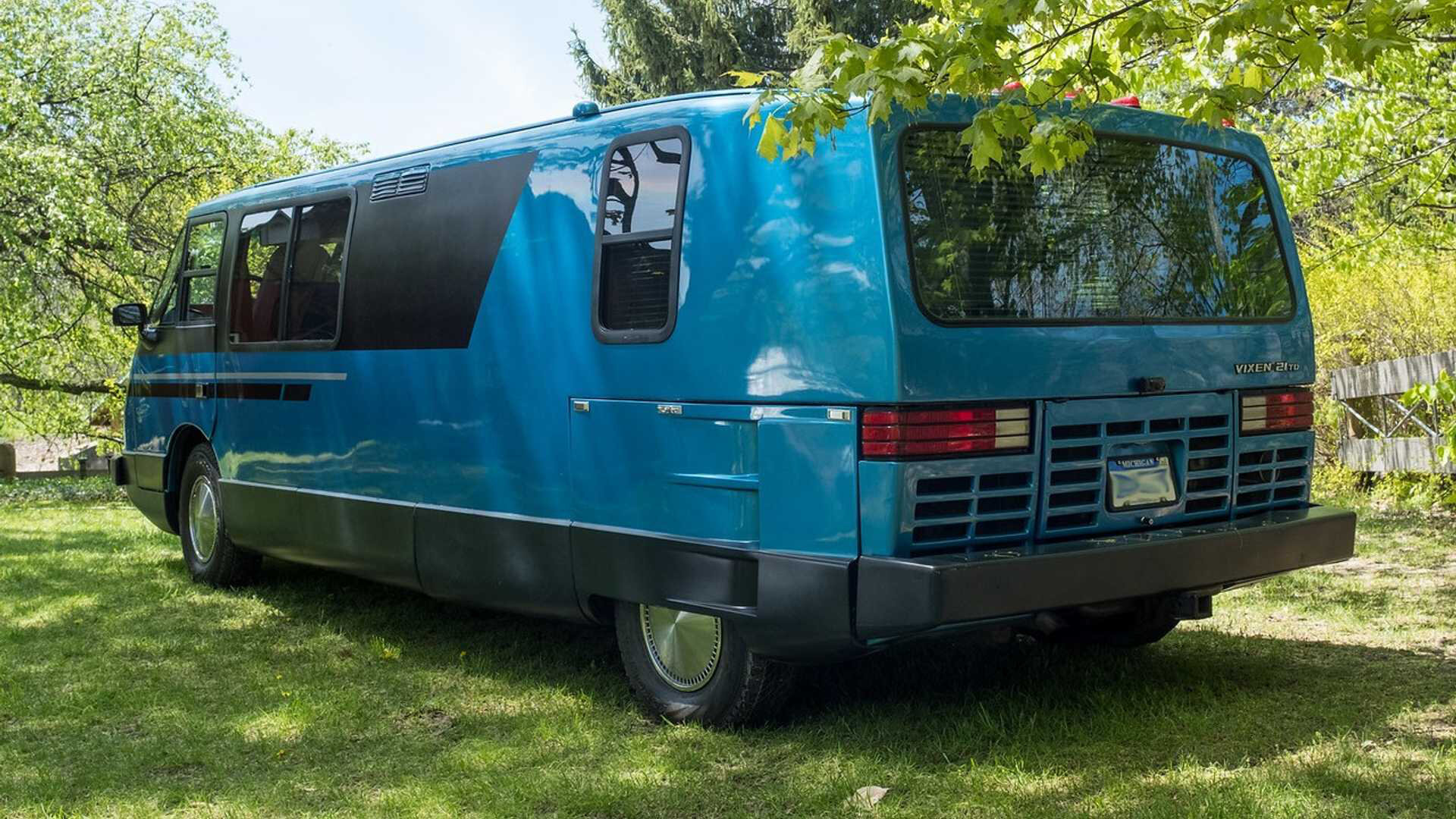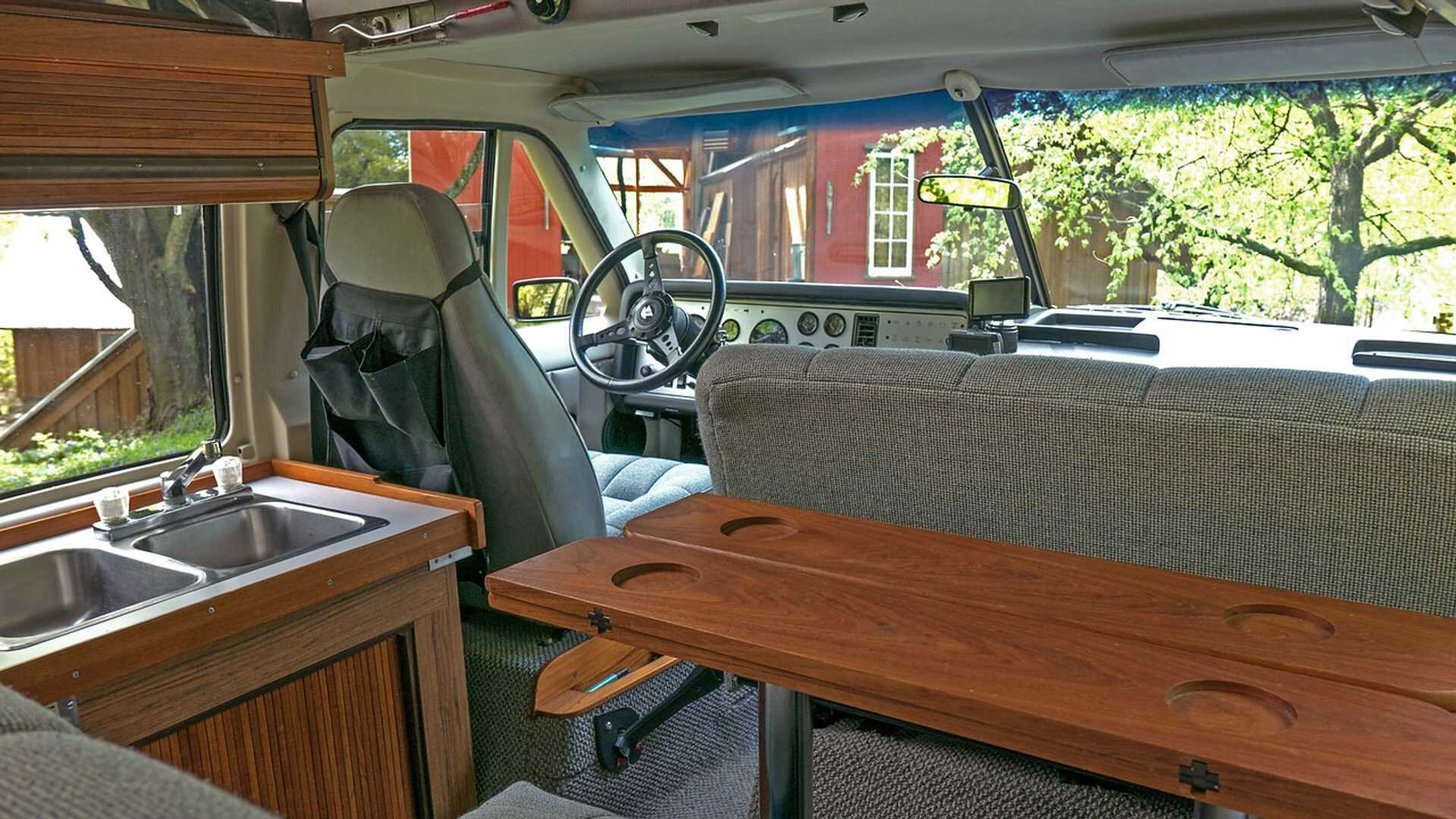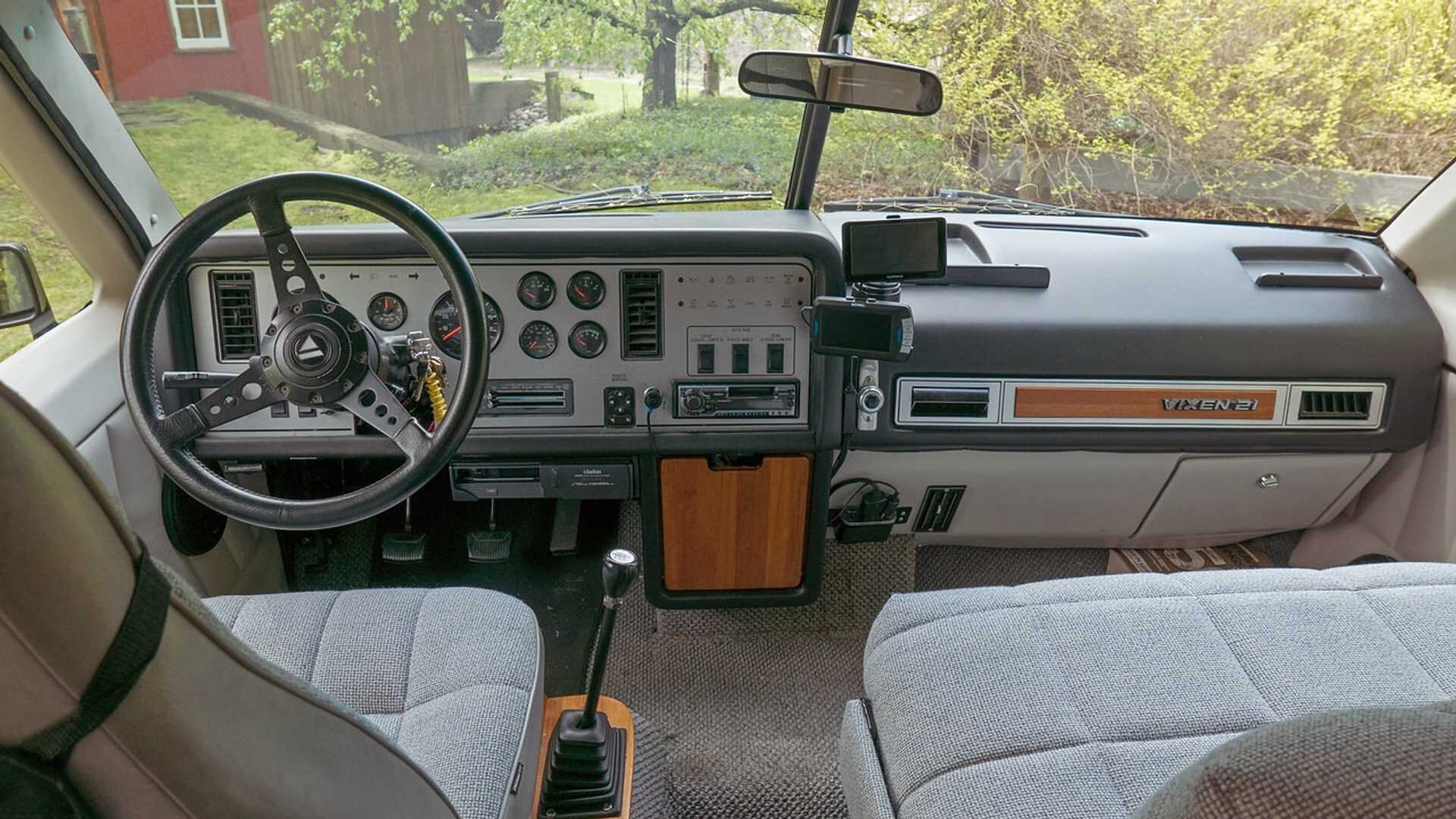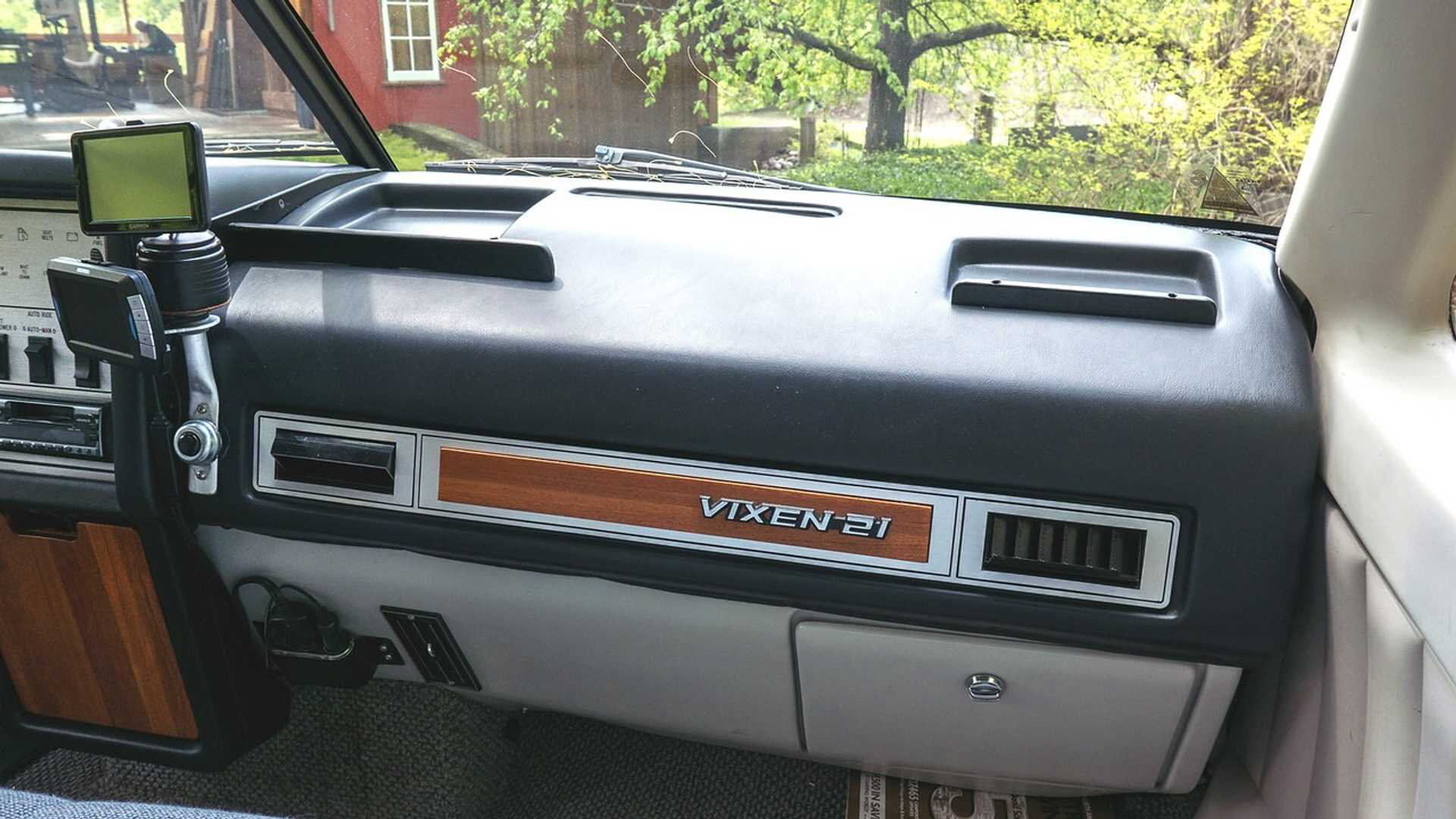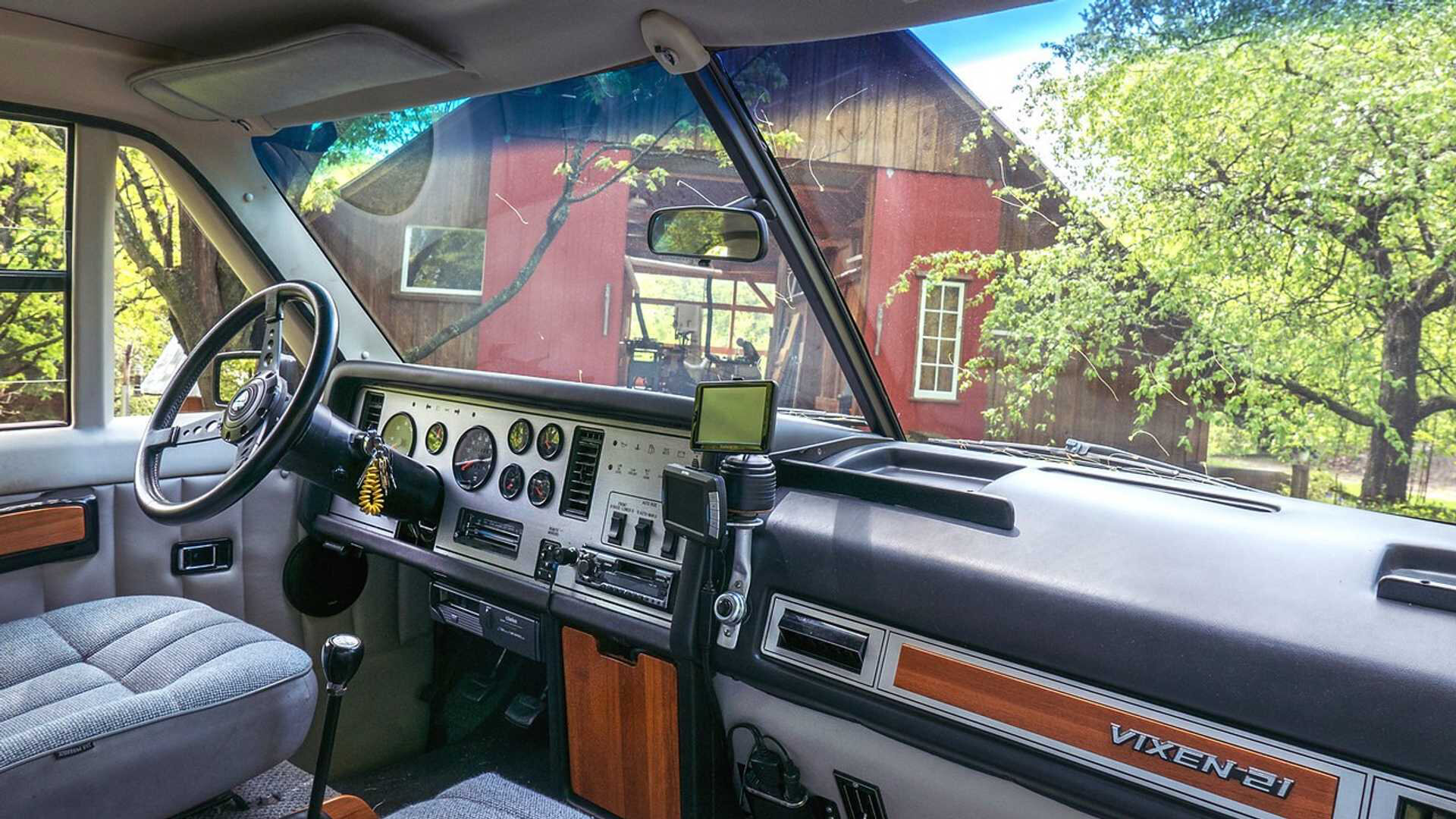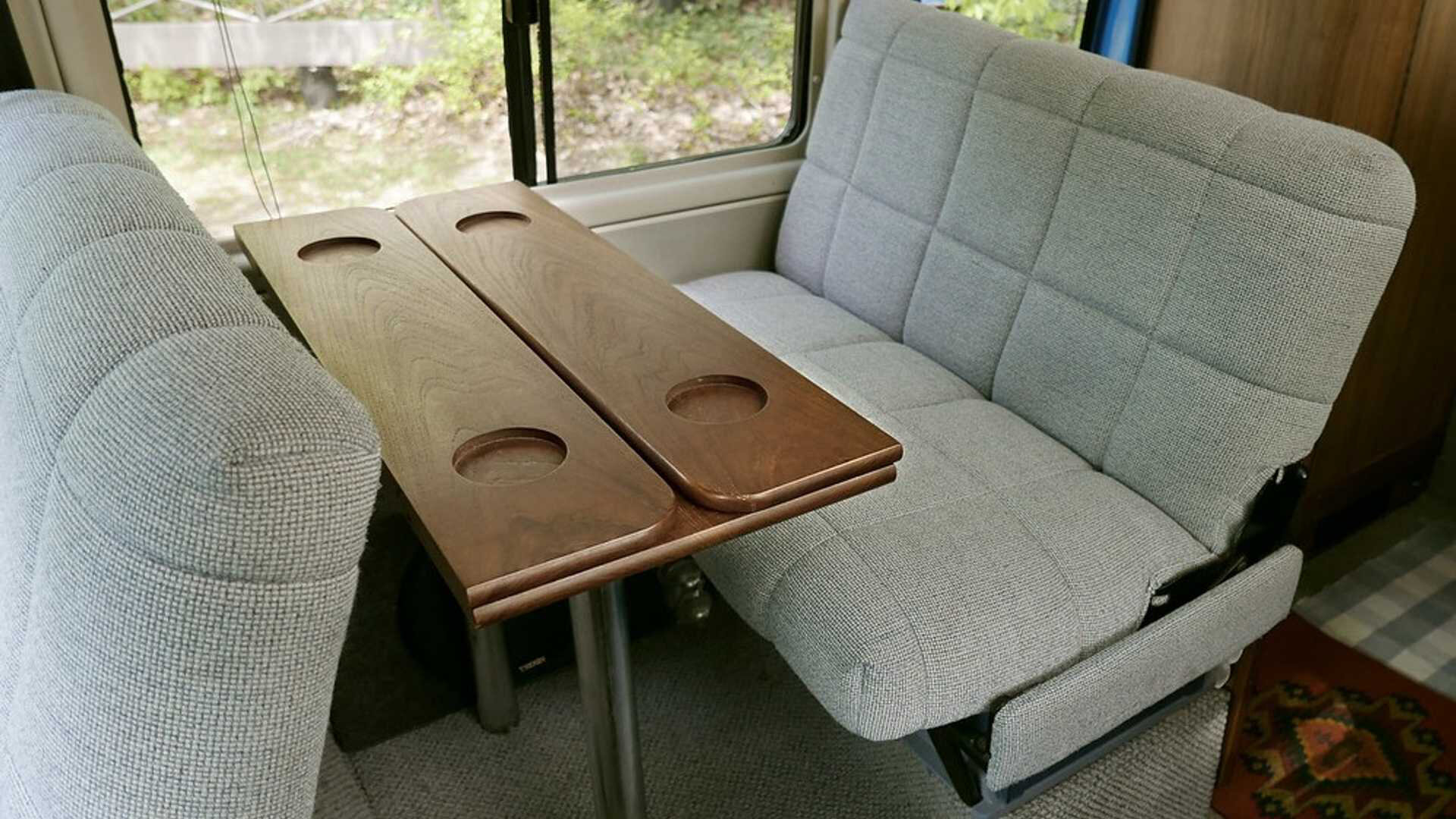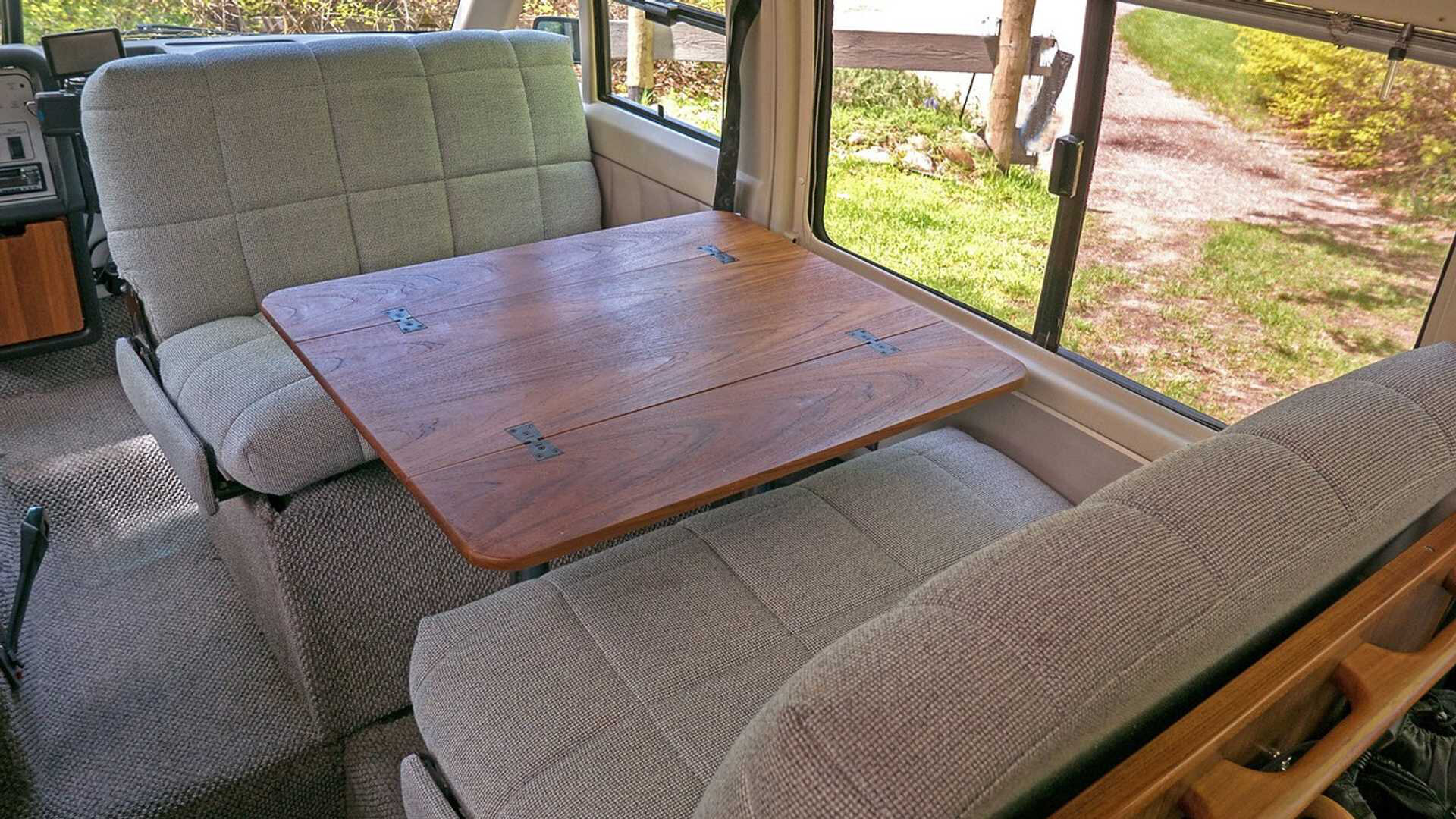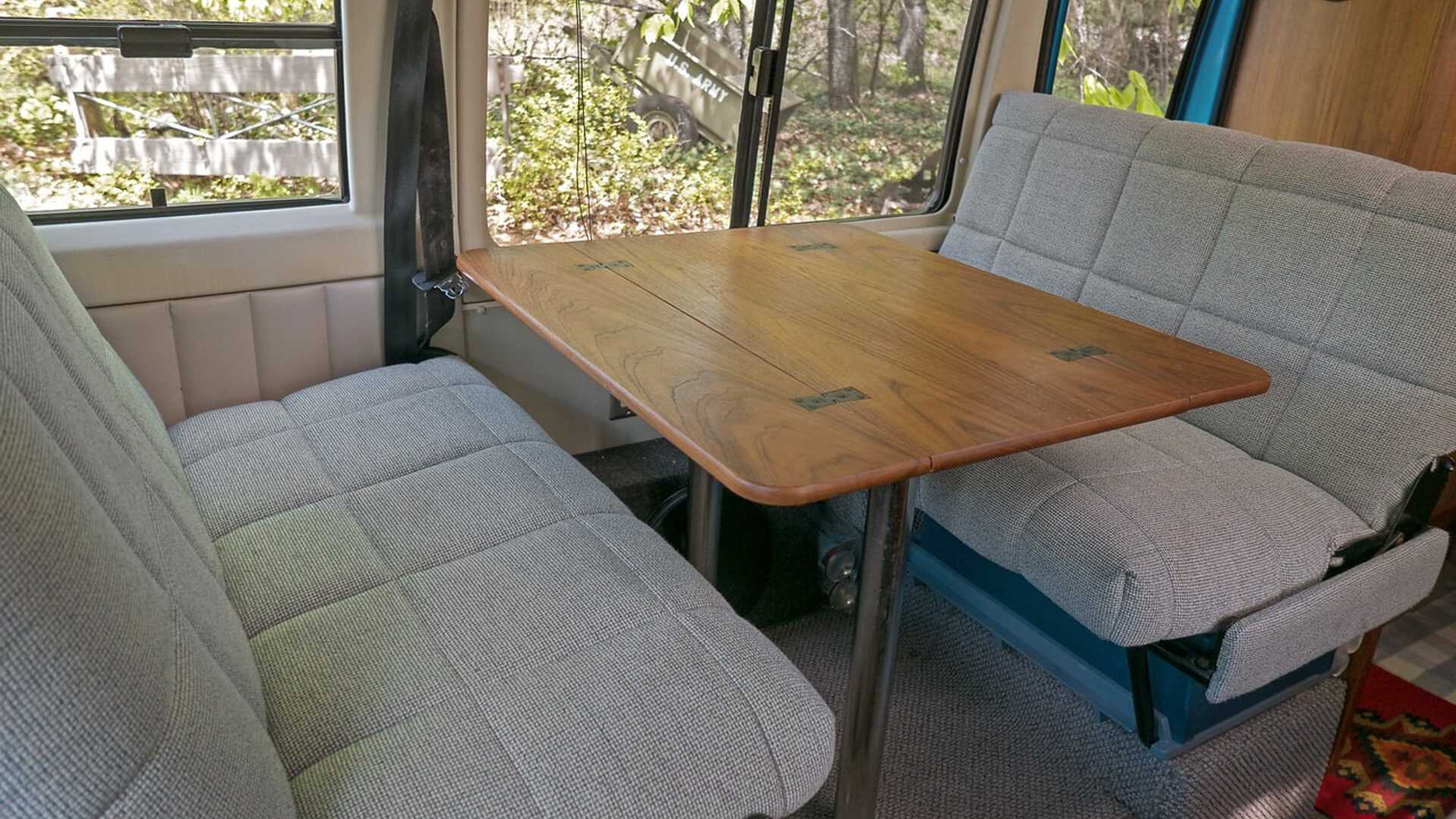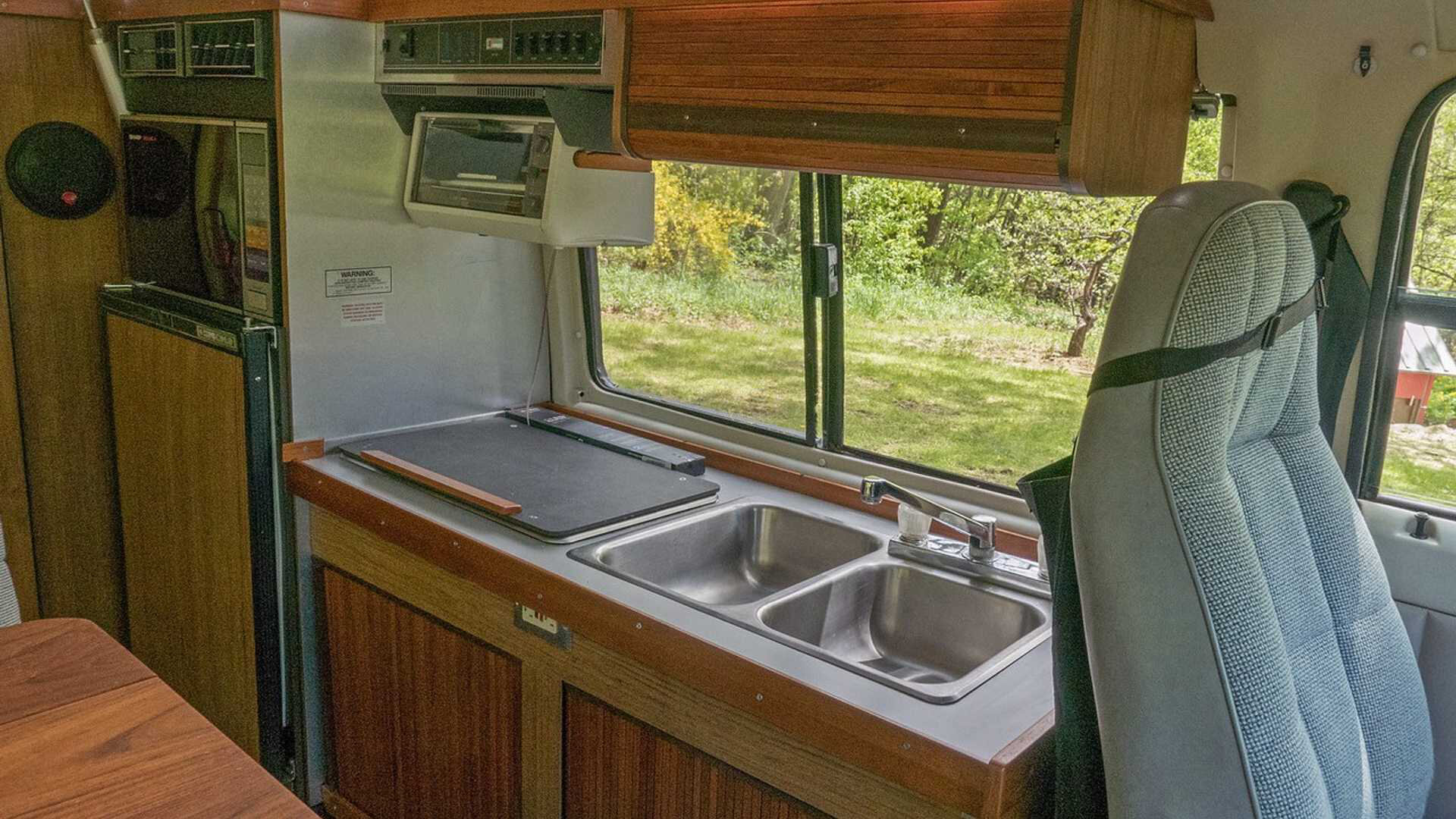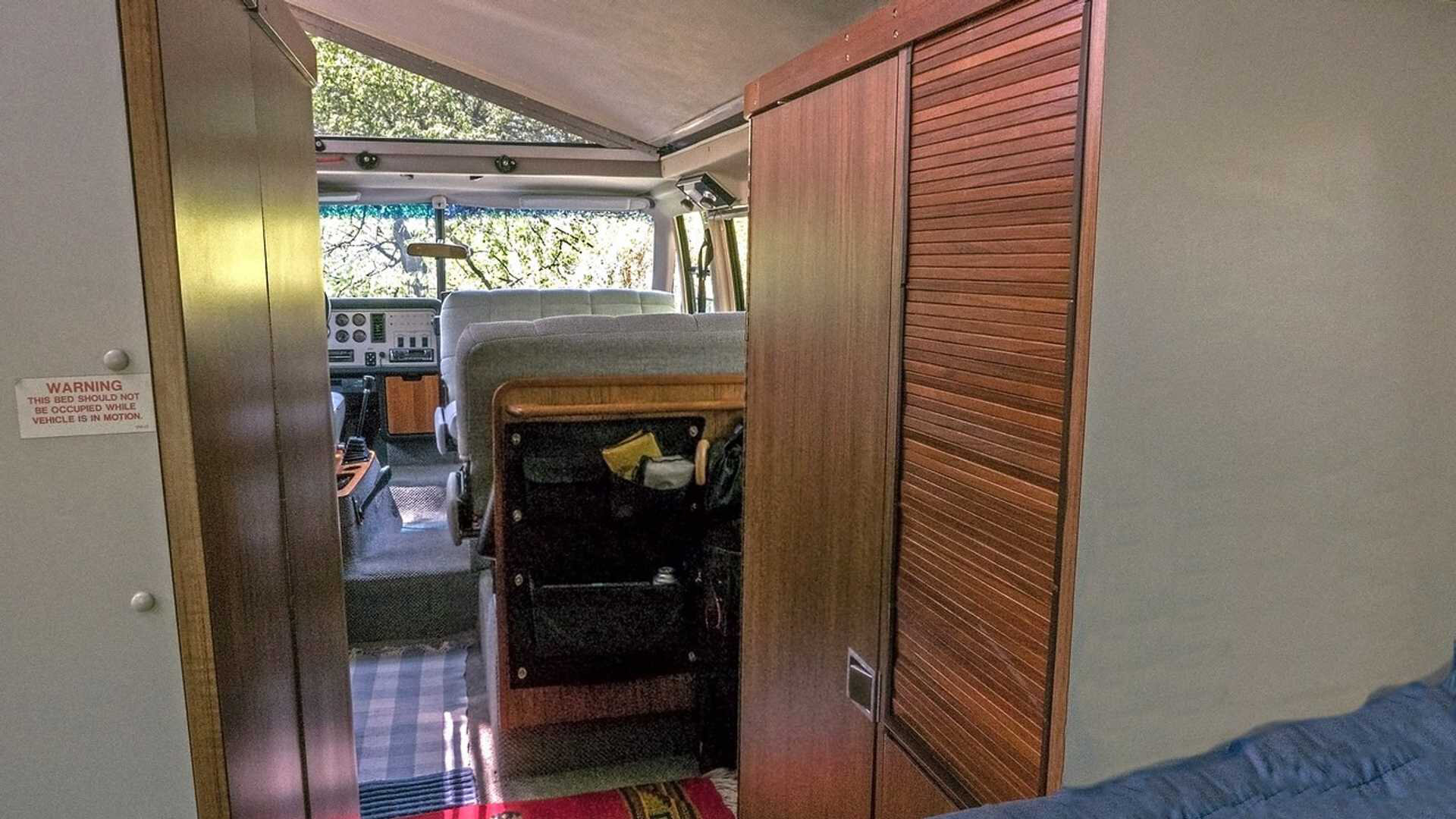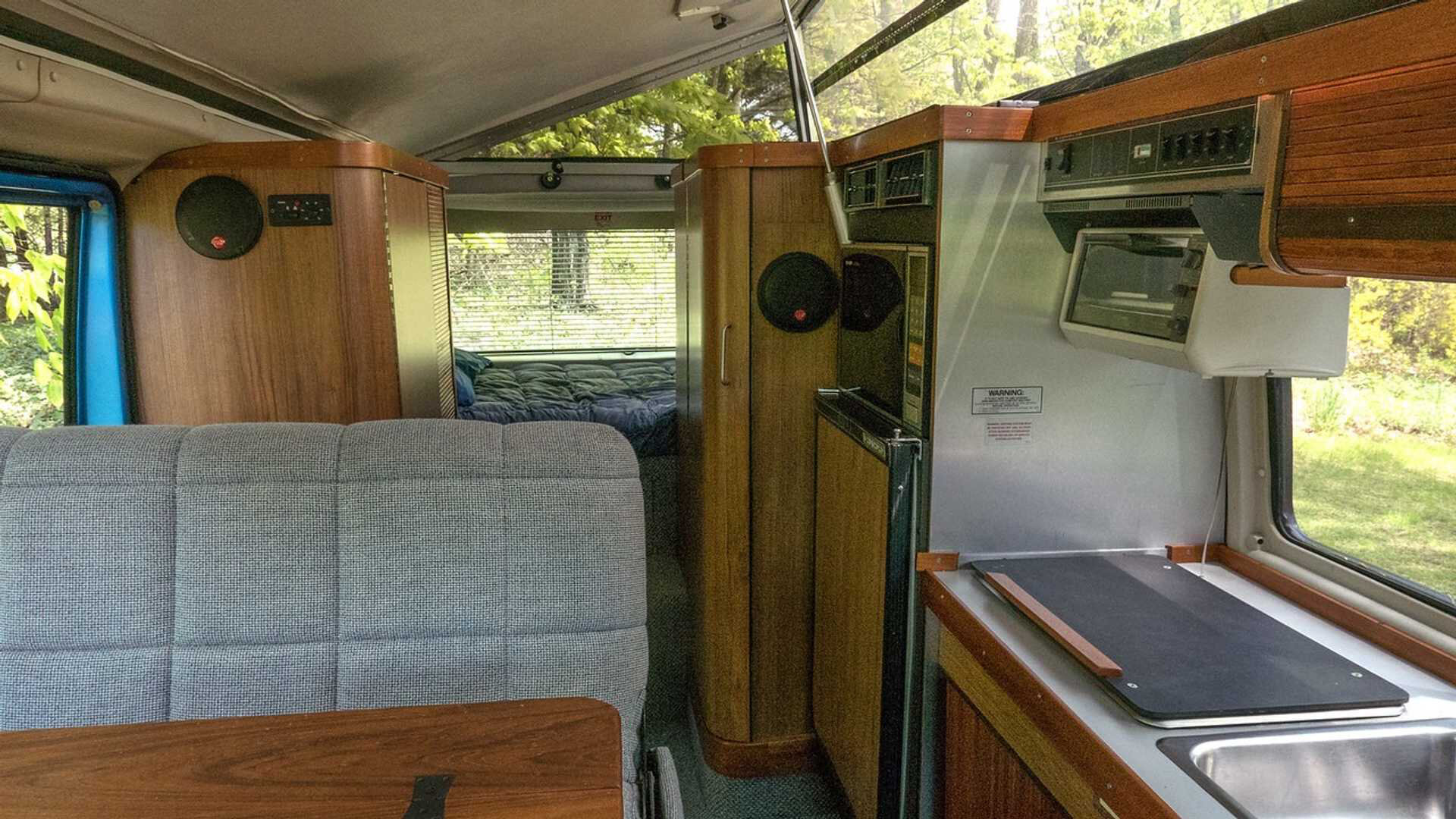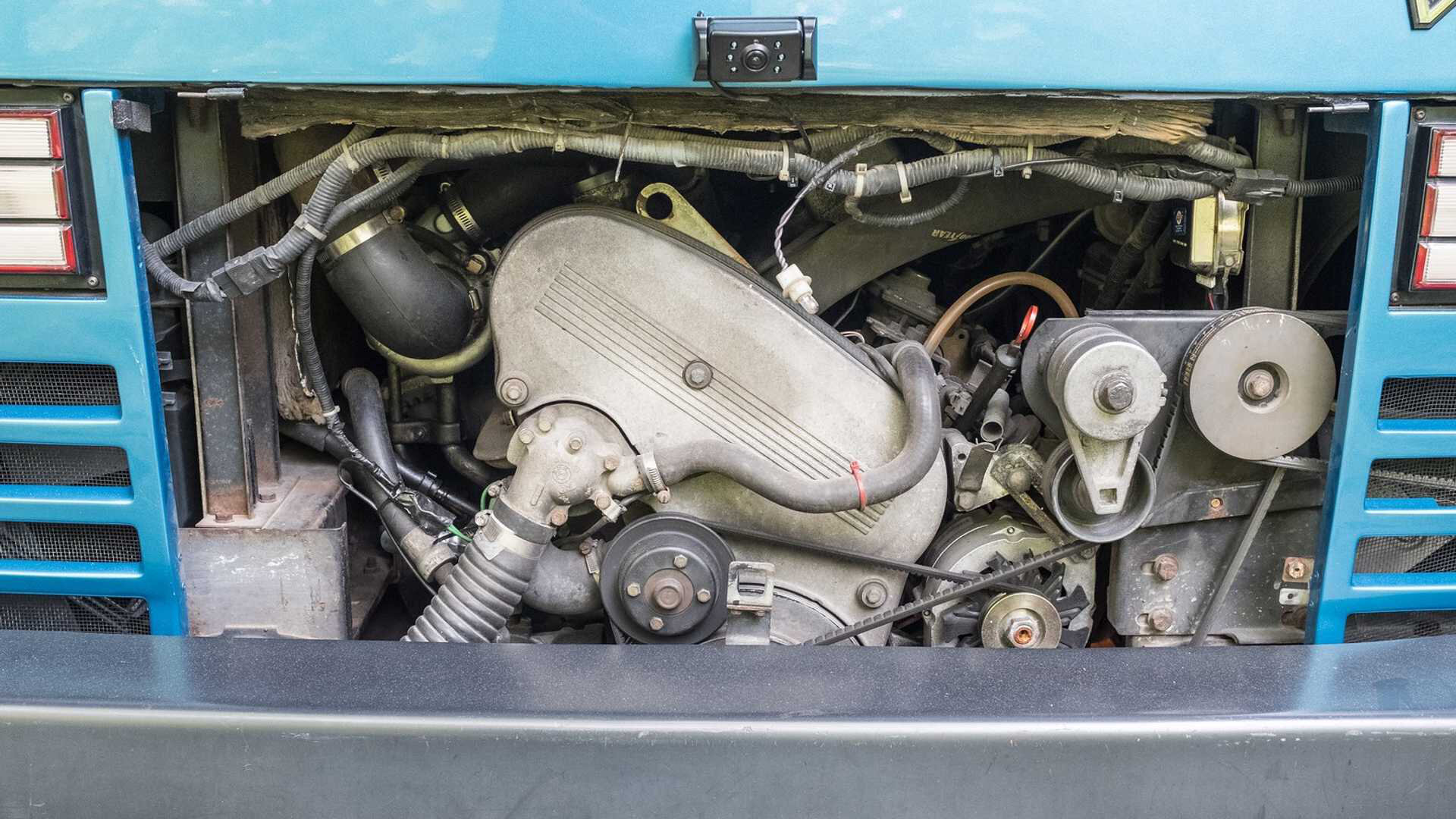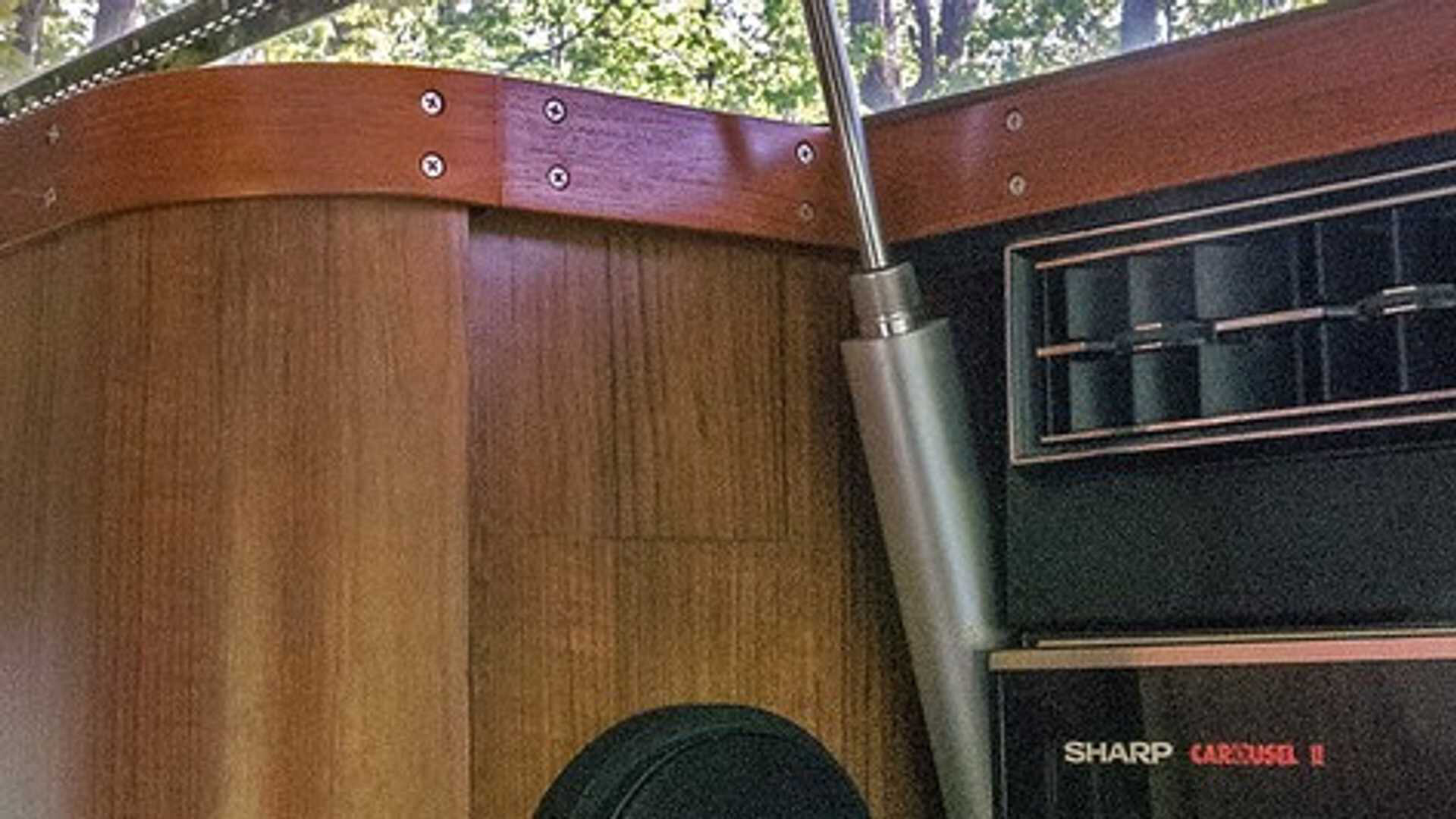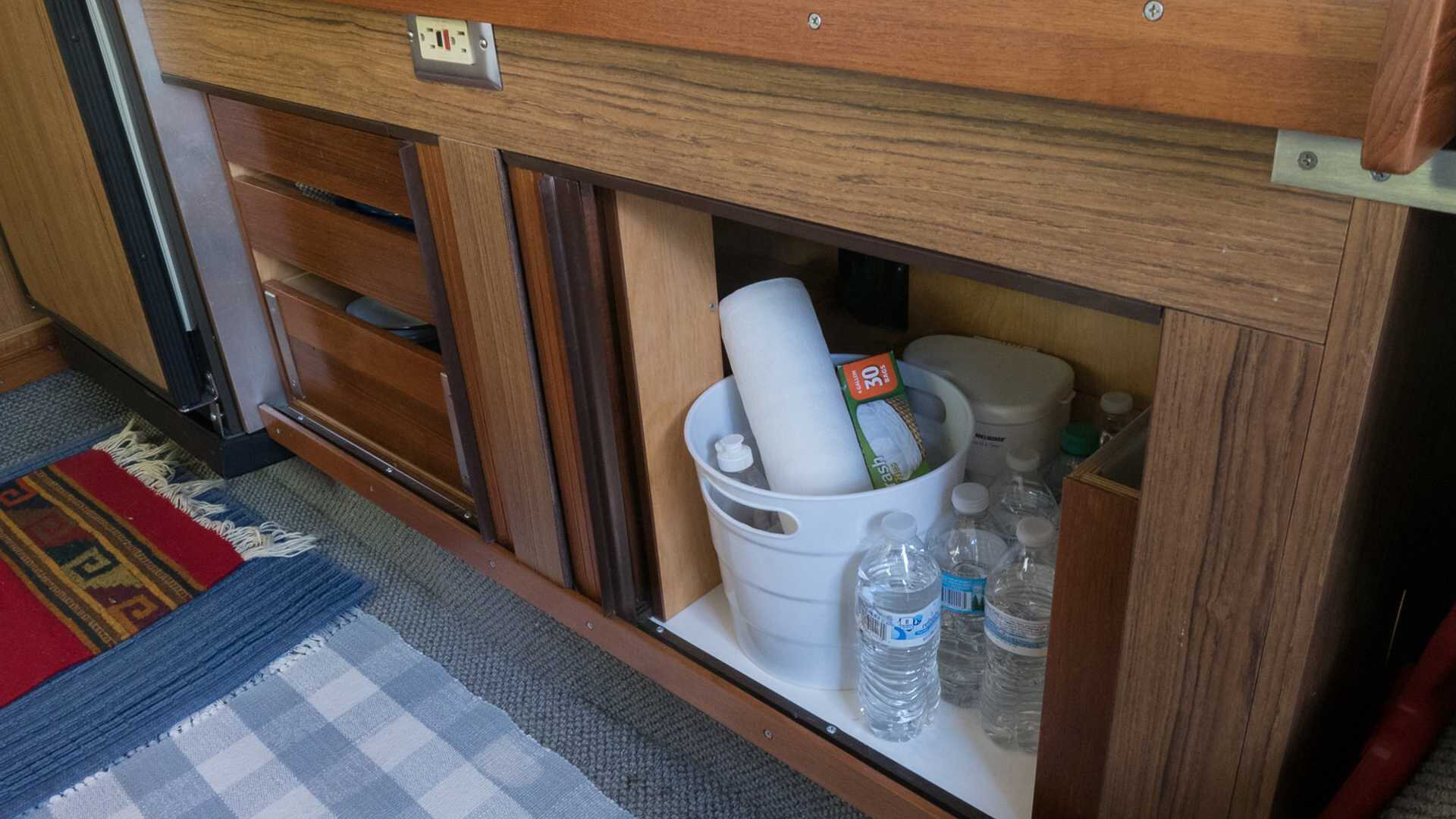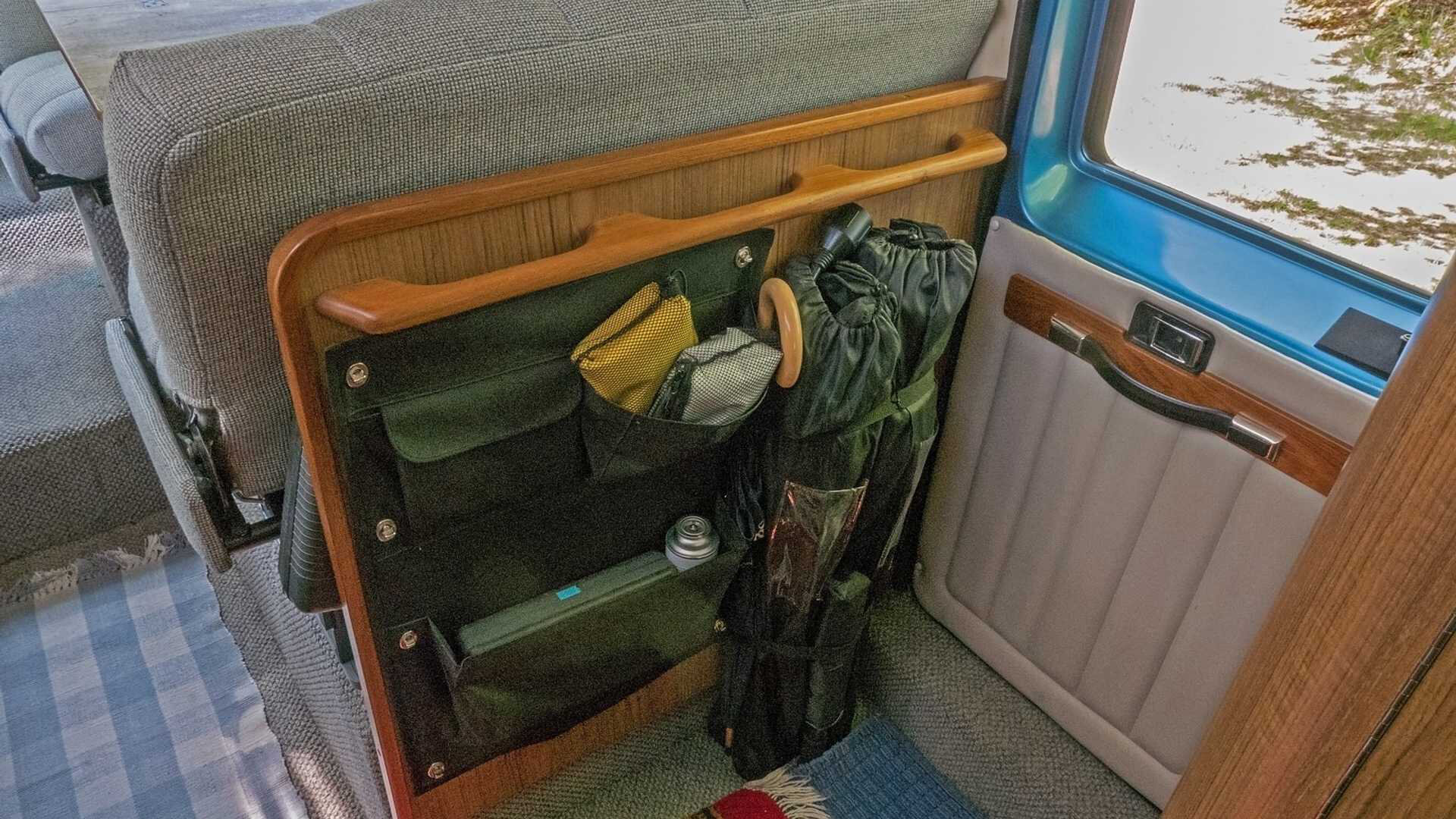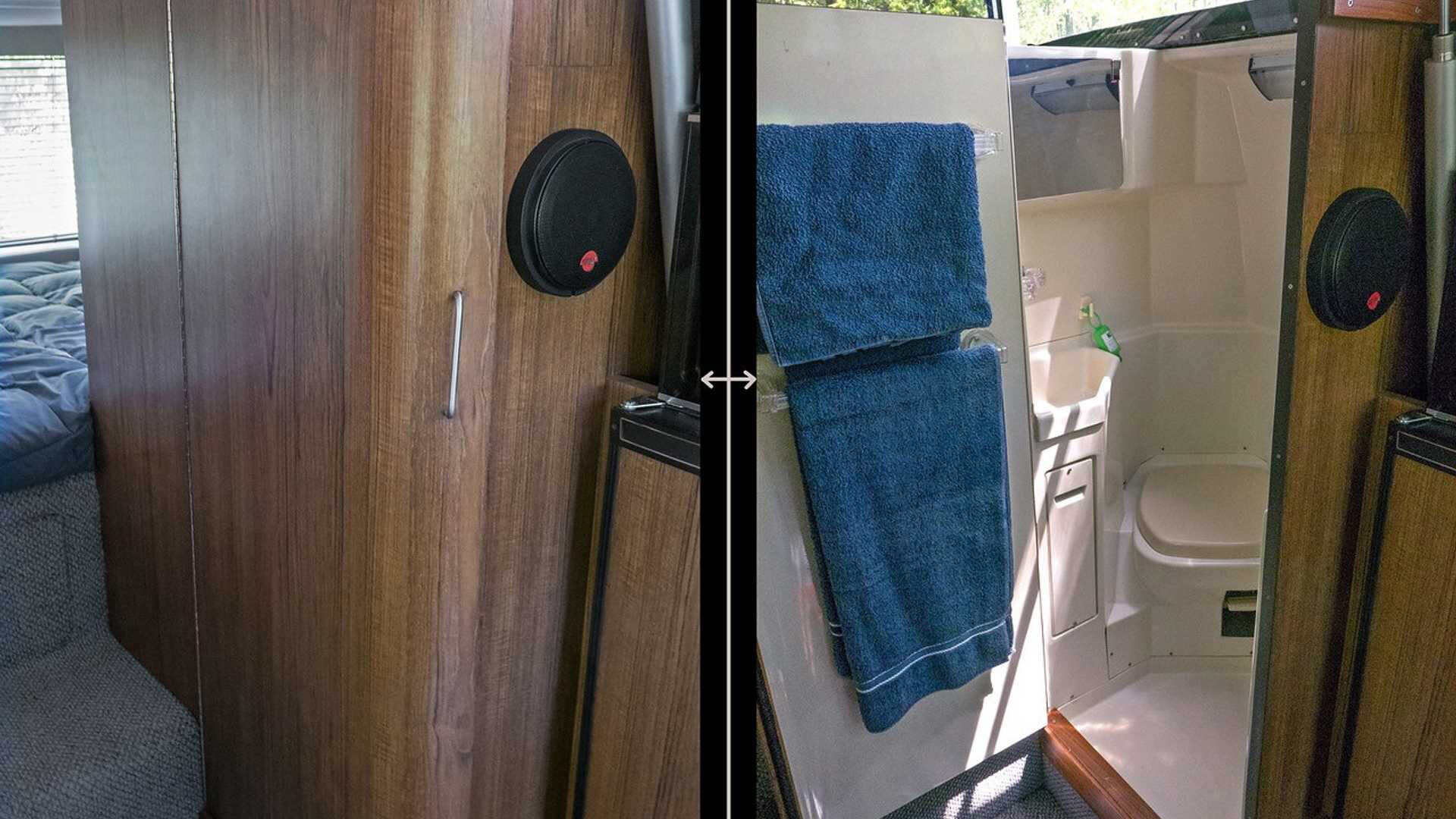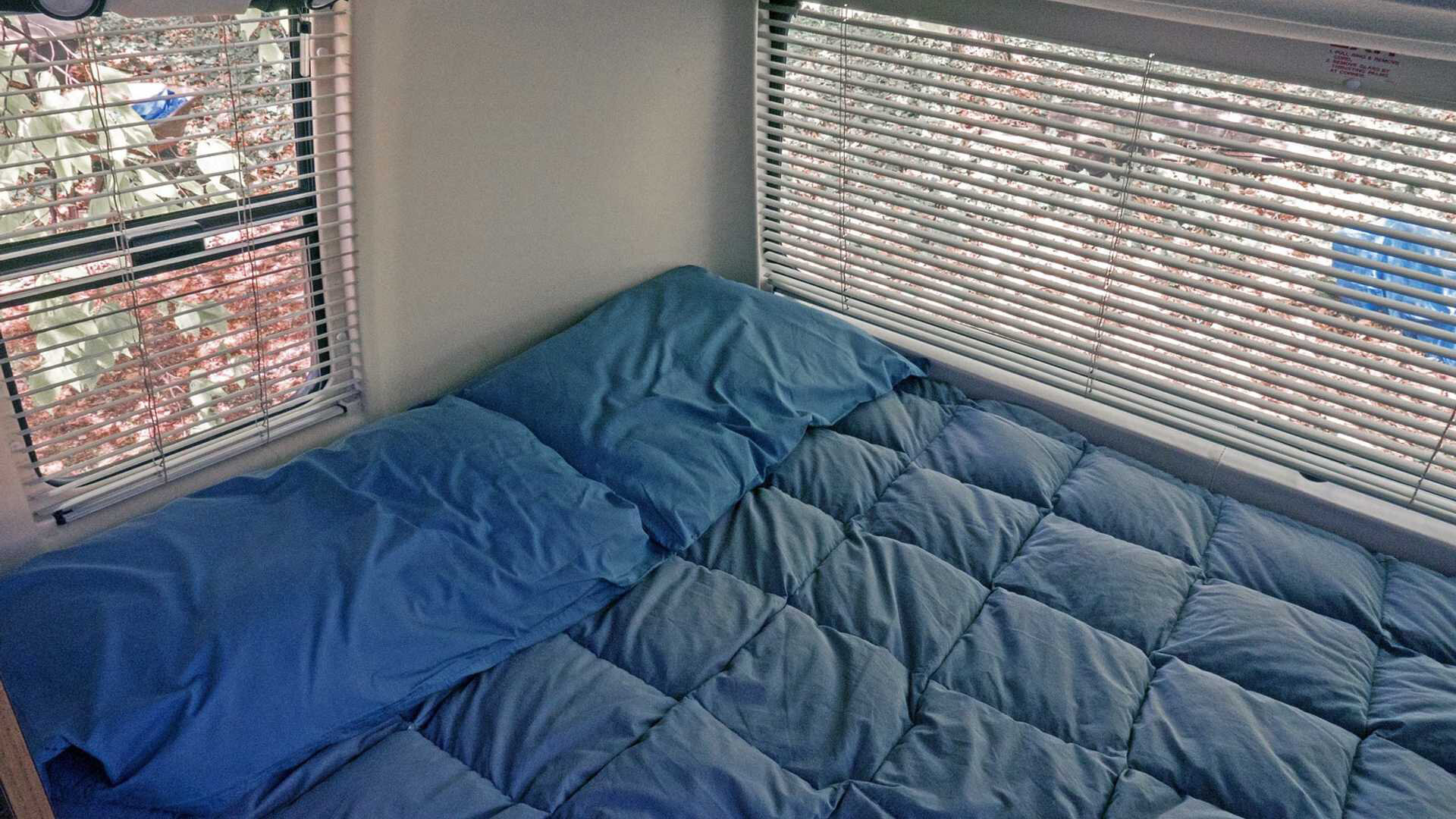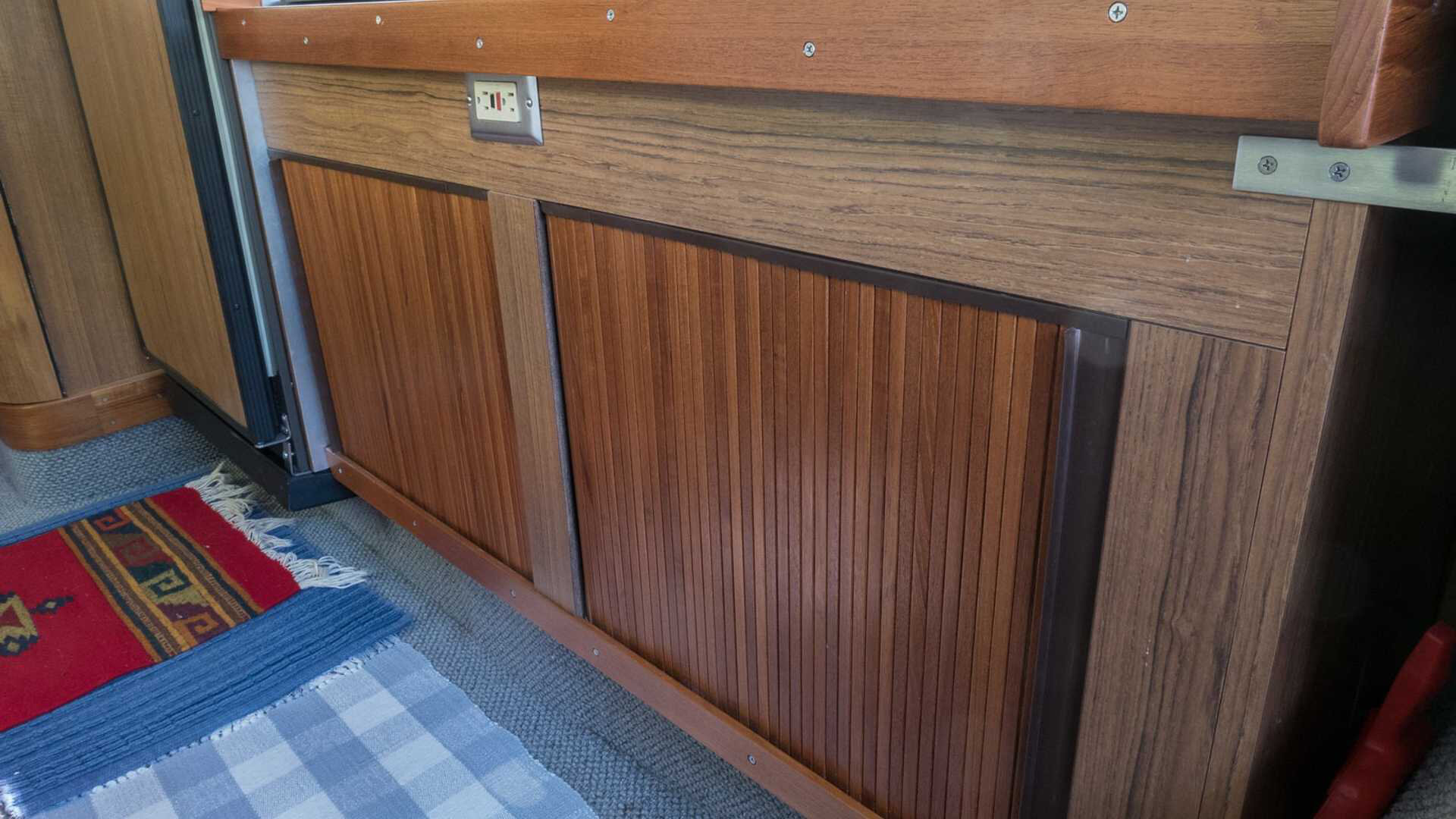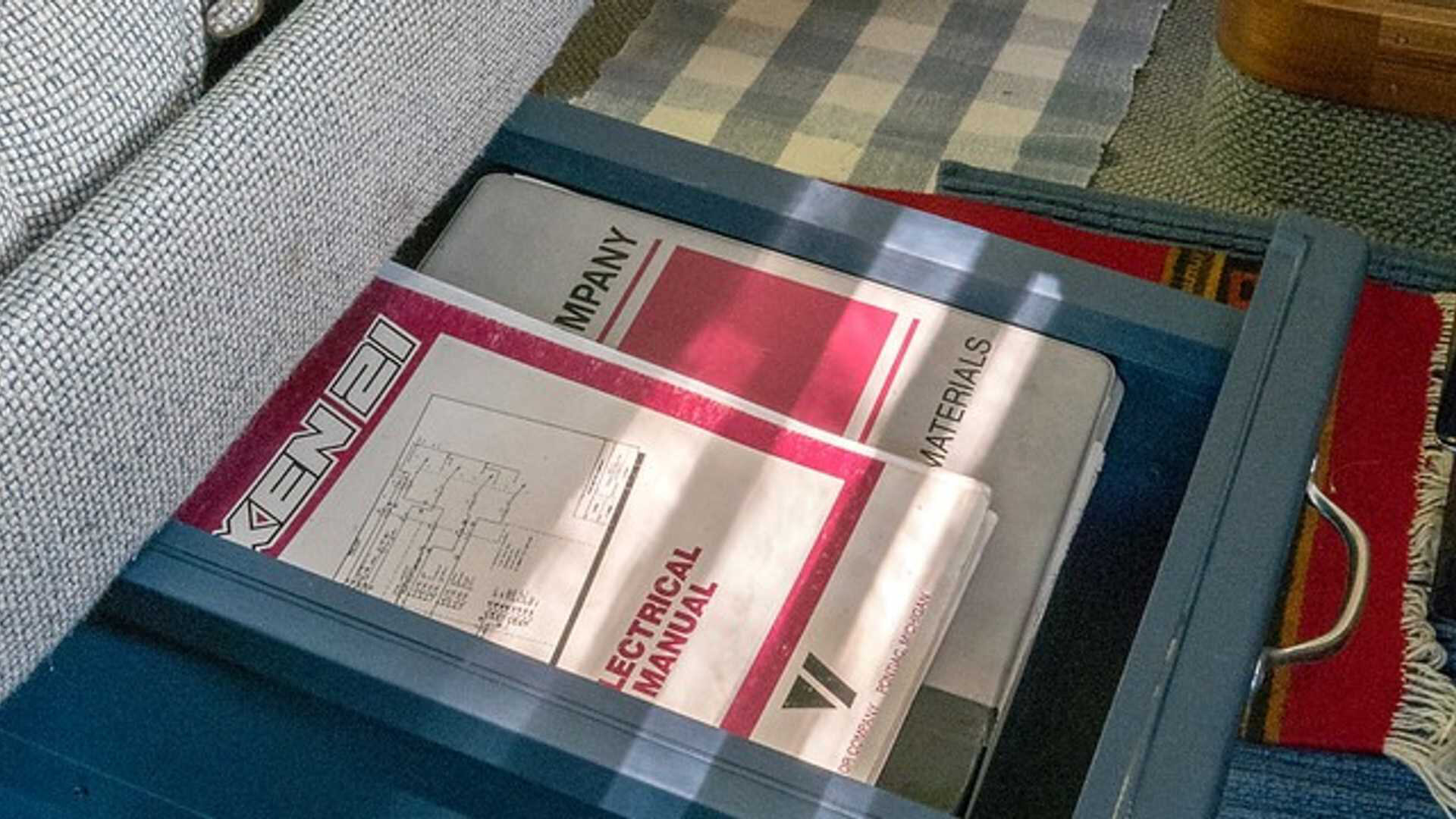Vixen Motorhome - the history and the story
The Vixen Motorhome - something different
We can learn a lot from the past about the future and, with that in mind, it’s worth looking at the 1986 Vixen Motorhome. In many ways this was an innovative machine, in others it just continued what was done before. But it may be a template for the future as fuel economy and the reality of alternative-fueled vehicles becomes a growing concern both politically and with the general population.
The Vixen Motorhome
The Vixen Motorhome was designed so that it could achieve remarkable fuel economy for a motorhome, sleep four adults and fit in an average garage. As such it was only 6’4” in overall height sitting just 8” off the ground and came in around 21’ in overall length.
Power came from a BMW-sourced 2.4liter six-cylinder diesel engine that was good for about 115 horsepower which sat at the rear of the coach making this, by definition, a diesel pusher motorhome. That same designation is applied to large Class A bus-style motorhomes today, none of which are efficient nor aerodynamic.
While the Vixen was intended to offer a degree of driving pleasure through a modern suspension and five-speed manual transmission the best thing about driving any modern motorhome is not hitting a tree when backing into a camp spot.
The Vixen featured only a five-speed manual transmission and the front suspension system was sourced from General Motors and had served under their full-sized vans. The independent rear suspension was of Vixen’s own design but the fully independent suspension was also unique in the field at that time.
There was a lot of engineering that went into the Vixen and that makes sense as one of the original partners in the project was William “Bill” Collins Jr. Collins worked at GM for many years and was responsible for the downsized full-size cars that literally sold over a million copies in the first year of production. From his time at GM he then went to work for John Z. DeLorean, also a GM alumni, and was instrumental in developing the DeLorean roadster.
Funny thing - the ideology of the Vixen and the DeLorean do share some thinking as both are rear-engine, rear drive machines with independent suspensions and groundbreaking construction.
Like the DeLorean, the Vixen used a sandwich construction but the materials in the Vixen were fiberglass on the outside and foam in the middle. In fact the entire shell of the Vixen Motorhome was fiberglass and constructed of three large pieces meaning fewer seams and less chance for water intrusion.
A different experience
The Vixen was very different in a lot of ways. There was a driver door like a passenger car and then a main entrance door on the camp side. Up front the driver seat was over the front wheels and the passenger seat, a bench seat, offered seating for two.
Directly behind the front passenger seat was yet another two-place seat and you could pop a table in there and turn the front passenger seat around making for dining for four. At night you could take out the table and fold the two seats down and create on 78” bed with sleeping for two.
While the Vixen Motorhome was low in travel mode, when you were parked you simply pushed a button and the ceiling would pivot up on one side providing up to 6’6” of ceiling height.
This gave you the ability to stand at the galley and take advantage of the sink and two burner alcohol cook top or use that fancy microwave to nuke things you got out of the 6 cubic foot RV refrigerator.
There was also a wet bath in the Vixen with all the facilities.
The Vixen TD did not use propane at all; optional cooktops were alcohol powered while room heat is provided by a Webasto diesel-powered coolant heater which also provides the heat exchanger water heater under the galley sink.
Lastly the entire rear of the coach was a bed which sat over that BMW diesel engine. As a motorhome it wasn’t bad but it could also make sense just as a daily driver and would fit into a parking space so it was also fairly agile.
Interestingly since the engine was at the back and the radiator at the front there was a long series of hoses connecting the two. On its way from the front to the back the water passed through an exchange and heated water for the coach so that your hot water at the sink and such was passively heated by the engine.
Vixen Motorhome History
You could make a case for the fact that the Vixen’s design was attributable to history. Both Collins and his partner, Bob Dewey, watched the fortunes at RV companies rise and fall with economic factors along with fuel supply. When America felt awash in fuel and prices were low, motorhomes sold like hotcakes. When political and economic pressures caused fuel supplies to dry up or prices to rise, motorhome sales again took a nosedive. But they always came back owing to the fact that Americans love to travel.
Thus it made sense to take the fuel economy quotient out of the equation and the main way any vehicle manufacturer does that is by reducing aerodynamic drag on a vehicle. At 55 miles per hour it took roughly half the power being produced by the engine to shove the typical car of the 1970s through the air.
To reduce this all you have to do is create a shape that is more aerodynamically “slippery” and, thus, the Vixen prototype was wind tunnel tested at the University of Michigan and refined such that it had a drag coefficient of .29. That is impressive as the Ford Taurus of the same era was considered extremely aerodynamically efficient and had a drag coefficient of .33. Today the Tesla Model S is significantly better at .209 but even today’s Chevrolet Corvette has a drag coefficient of .30.
While motorhomes don’t get officially tasted for fuel economy anecdotal testing by owners came back with reports of 30 miles per gallon or even a bit better.
By putting the engine at the extreme rear there was no need to have a provision for driveline components under the Vixen so that was how they got away with such a low profile.
This isn’t unusual, the Corvair-powered Ultravan and the GMC MotorHome both employed the same thinking with the same result. Although neither of those were garageable in a standard garage but did offer the advantage of being fully walkable and having full function without having to raise the roof.
These images are from a for sale ad in Facebook Marketplace
Model History
In total, 3 Vixen models were offered:
21 TD
The original Vixen, as seen at the Detroit Auto Show. The 21 TD featured the diesel engine, manual transmission, and pop-up roof. The 21 indicated the Vixen’s approximate length in feet. (All Vixen models were the same length.)
XC
Introduced after the TD, the XC was an executive limo of sorts, replacing the TD’s kitchen and sleeping provisions with lounge-style seating.
SE
A replacement for the TD, the SE featured a General Motors-sourced 3.8-liter V6 and 4-speed automatic transmission. To reduce manufacturing costs, the pop-up roof was replaced with a fixed ceiling.
Collins rejected the SE model as a compromise of his original goals, as the new drivetrain was less efficient than the BMW-sourced engine, and the new roof made the van too tall to fit in most garages. Collins’ partners, however, saw the SE as a way to reduce manufacturing costs in the wake of the slow sales of the original Vixen. Their thinking was flawed as fewer than 200 of these were ever built and the company went bankrupt within a year of the introduction.
What happened
Journalists of the day loved the Vixen and were surprised by how nimble it was and how fuel efficient. It wasn’t overly quick but wasn’t bad either and, in those days, motorhomes were cruisers anyway so no need to get there quickly.
It was also quite a hit when it debuted at the 1986 Detroit Auto Show with lots of interest.
But, as with other advanced concepts, the Vixen didn’t prove popular with the public at all. In fact, just 587 were produced in total the company ended production in 1989.
One of the things that did plague the original Vixen Motorhome was overheating, particularly in mountain passes and such. There was also an air helper suspension system that some have had problems with.
Collectibility
Today if you can find one of the rare Vixen Motorhomes they’re relatively valuable with some examples selling for around $40,000 depending on condition. All the things that made the Vixen special then are still valid today and, with changing tastes and regulatory pressures, you might see motorhomes of tomorrow starting to look like the Vixen.
And if they do that’s not a bad thing - the Vixen was pretty cool.
There is an avid Vixen owners group that is the source for parts and information on these.
